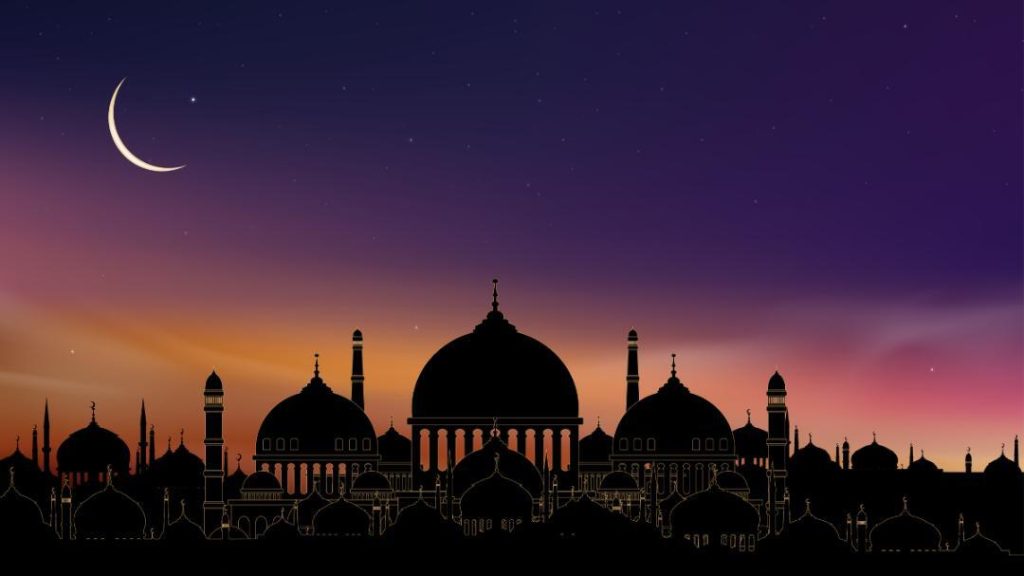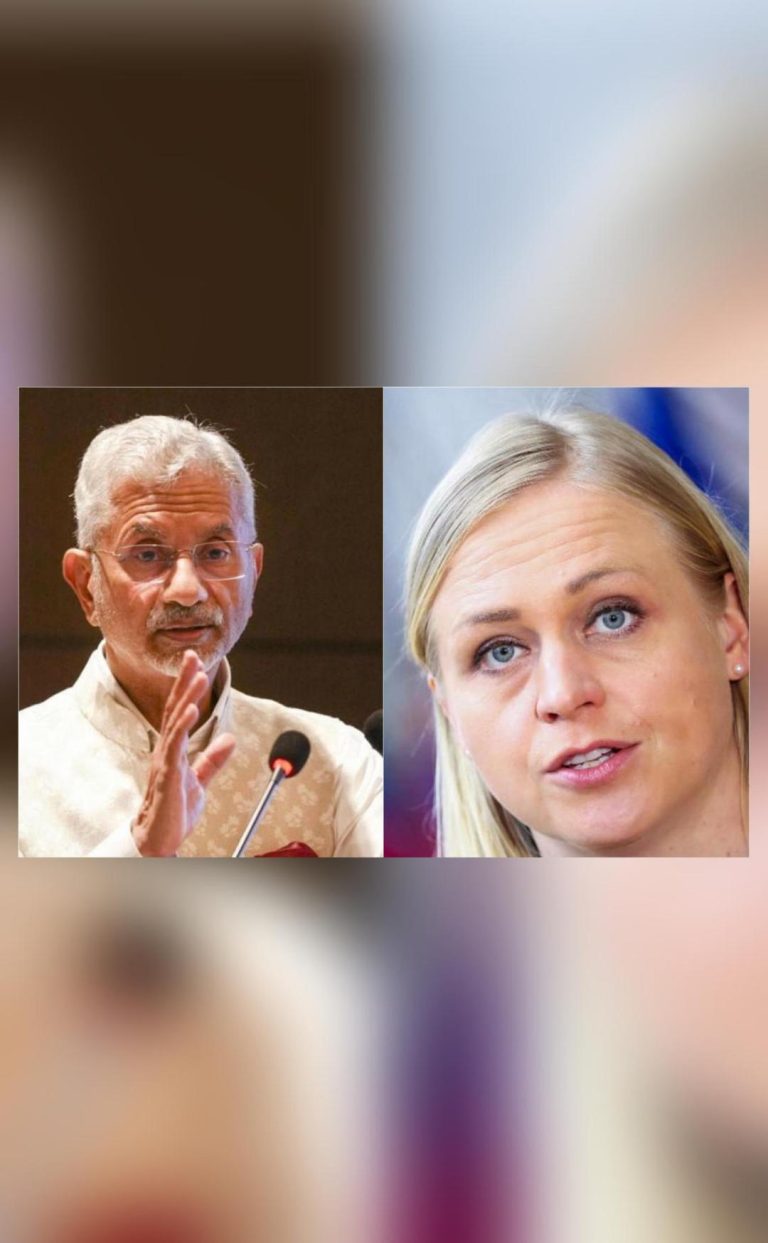
Why does moon sighting matter for Eid-ul-Adha?
Eid-ul-Adha, also known as Bakrid, is a significant festival in the Islamic calendar, marking the culmination of the Hajj pilgrimage. The Islamic calendar is lunar-based, which means that the appearance of the crescent moon plays a crucial role in determining the beginning of a new month. As a result, the moon sighting holds immense importance in determining the exact date of Eid-ul-Adha in different regions and countries, including India.
The Significance of the Lunar Calendar
The Islamic calendar, also known as the Hijri calendar, is a lunar calendar that consists of 12 months. Since it is based on the lunar cycle, the months vary in length, with some having 29 or 30 days. This means that the dates of Islamic holidays, including Eid-ul-Adha, do not follow a fixed calendar like the Gregorian calendar used in Western countries.
The Role of Moon Sighting
In the Islamic tradition, the appearance of the crescent moon marks the beginning of a new month. This is based on the Hadith, a collection of sayings and actions of the Prophet Muhammad (peace be upon him), which states that “The crescent is a sign of the beginning of the month.” (Bukhari, Volume 4, Book 54, Number 462)
As Eid-ul-Adha falls on the 10th day of Dhul Hijjah, the final month of the Islamic calendar, the moon sighting plays a crucial role in determining the exact date of the festival. In regions where the moon is visible, the sighting of the crescent moon marks the beginning of a new month, and Eid-ul-Adha is celebrated on the 10th day. In regions where the moon is not visible, the date of Eid-ul-Adha is calculated based on astronomical calculations.
Moon Sighting in India
In India, the moon sighting is a significant factor in determining the exact date of Eid-ul-Adha. The country has a diverse population, with Muslims living in various regions, each with its own unique cultural and traditional practices. While some regions may celebrate Eid-ul-Adha on the same day, others may celebrate it a day or two later, depending on the sighting of the crescent moon.
According to the Indian Meteorological Department, the moon sighting in India is usually done by the Crescent Sightings Committee, comprising experts from various fields, including astronomy, physics, and mathematics. The committee uses advanced astronomical calculations to determine the exact date of the crescent moon’s appearance.
This Year’s Eid-ul-Adha in India
According to reports, Eid-ul-Adha in India is likely to be celebrated on June 7, 2025. This date is based on astronomical calculations and the sighting of the crescent moon. The Crescent Sightings Committee will make the final announcement once the moon is sighted in India.
Conclusion
In conclusion, moon sighting plays a crucial role in determining the exact date of Eid-ul-Adha in different regions and countries. As the Islamic calendar is lunar-based, the appearance of the crescent moon marks the beginning of a new month, and Eid-ul-Adha is celebrated on the 10th day. In India, the moon sighting is done by the Crescent Sightings Committee, and the exact date of Eid-ul-Adha is calculated based on astronomical calculations. This year, Eid-ul-Adha in India is likely to be celebrated on June 7, 2025.
Source:






